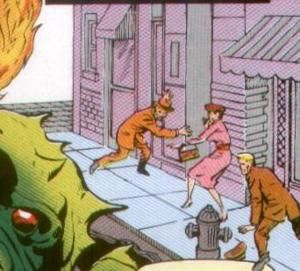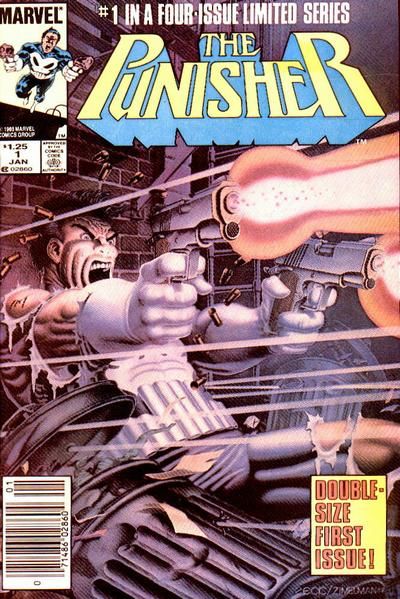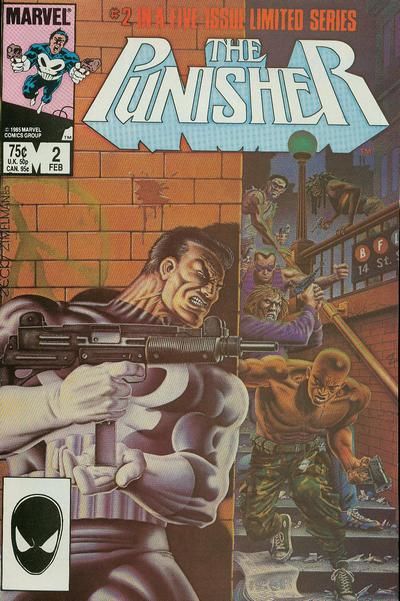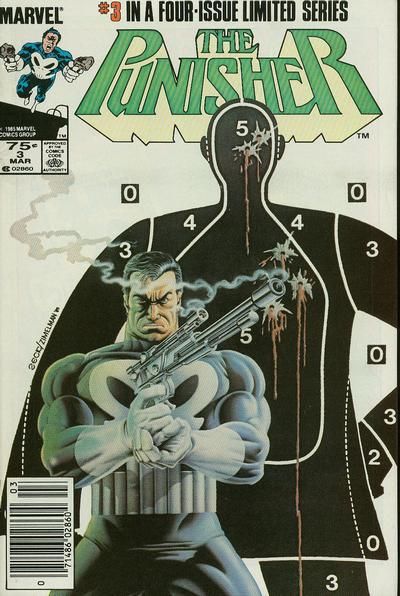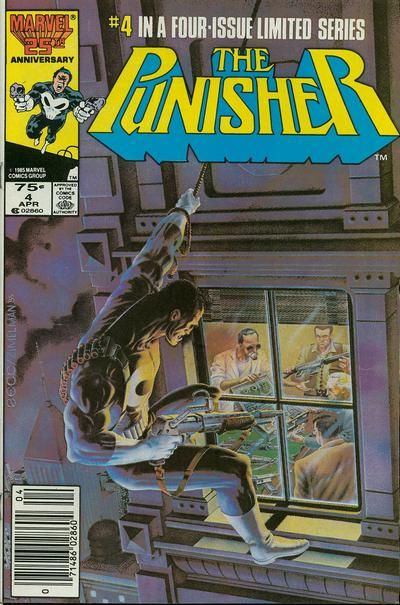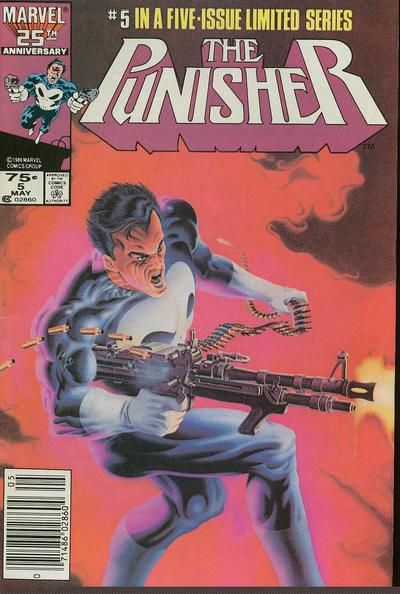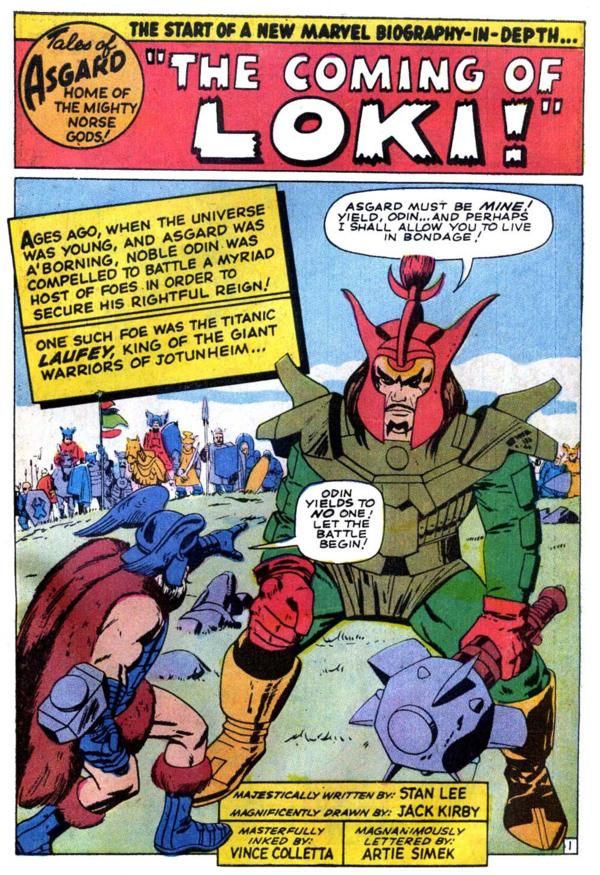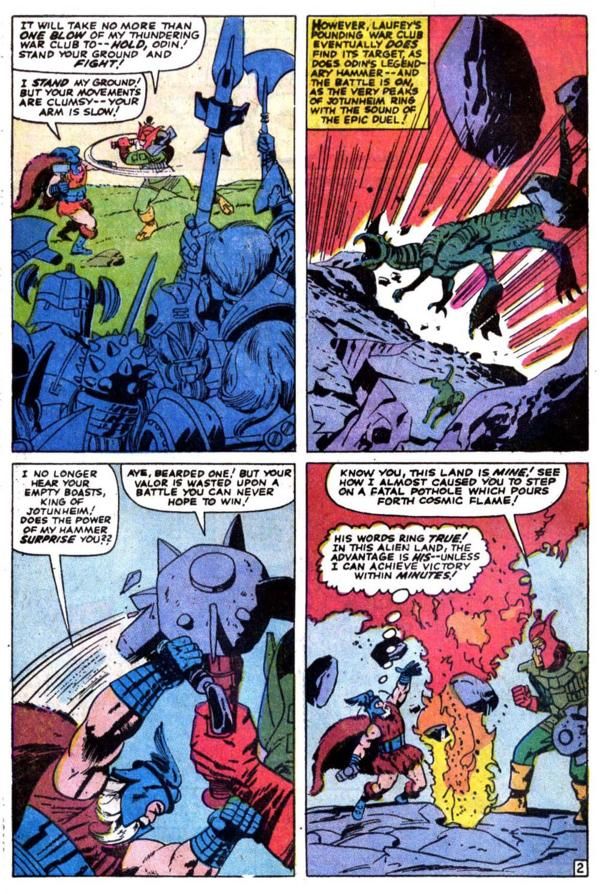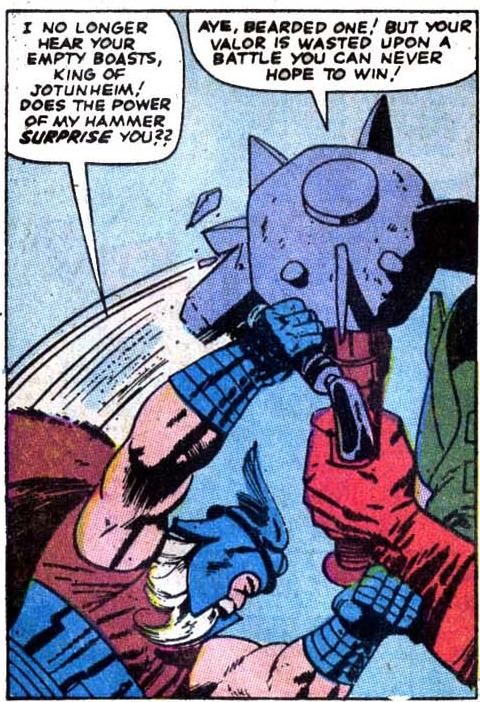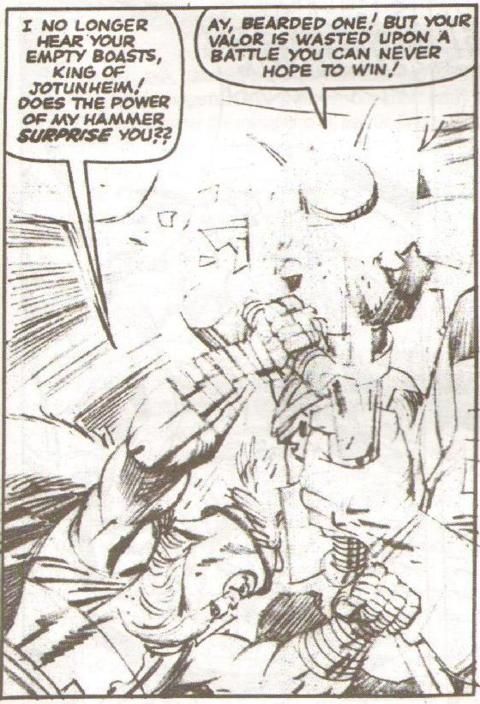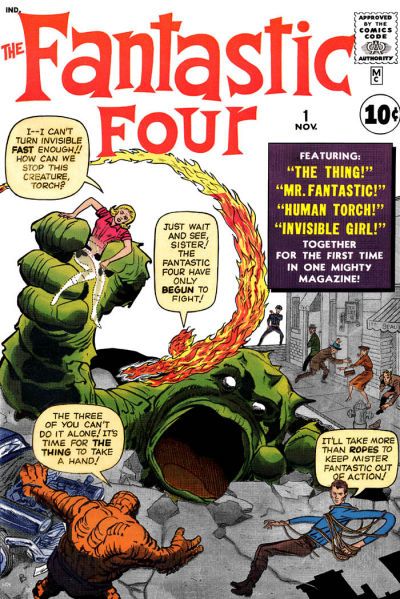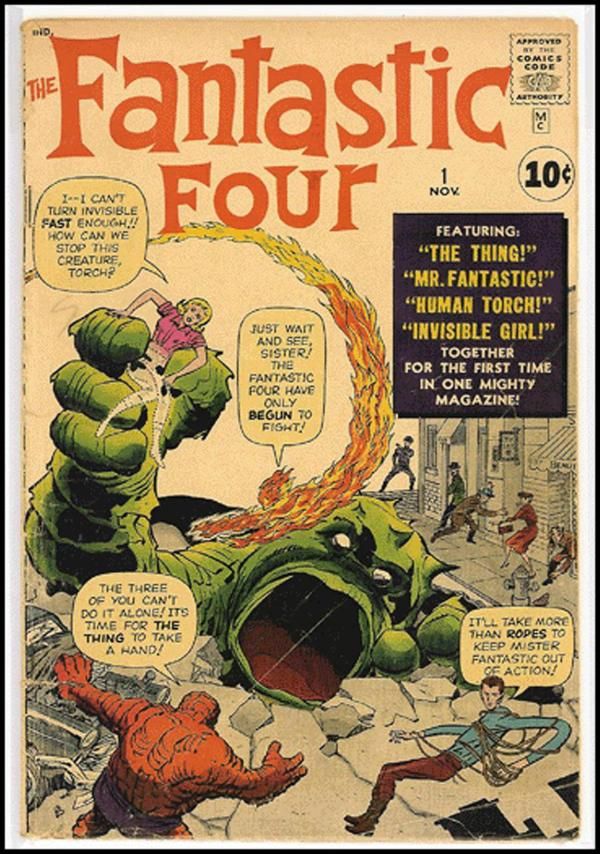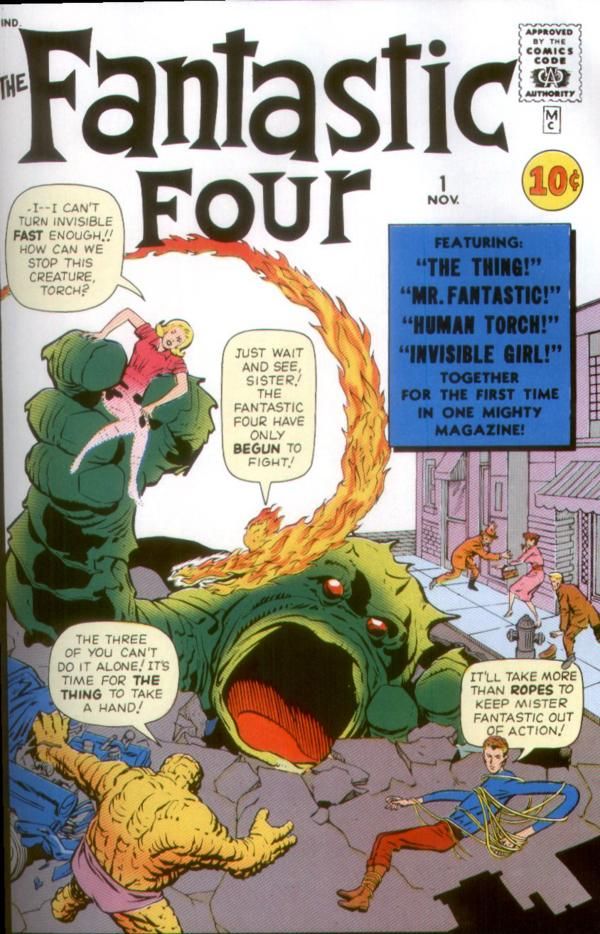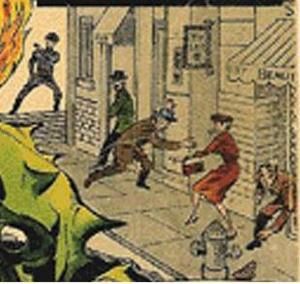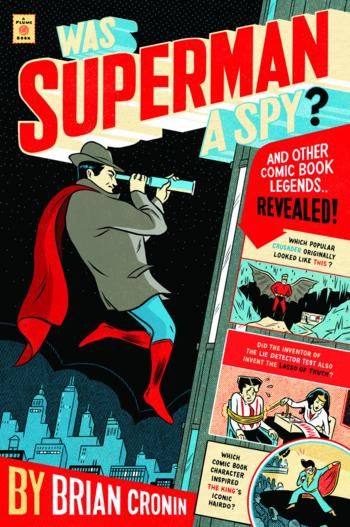This is the one-hundred and ninety-sixth in a series of examinations of comic book legends and whether they are true or false. Click here for an archive of the previous one-hundred and ninety-five.
This week is a special theme week - "Additions and Omissions." Doesn't that have a heck of a ring to it?
Let's begin!
COMIC LEGEND: The original Punisher mini-series was expanded from four issues to five based on the high pre-orders of the first issue of the series, which explains why there is additional artwork in the final issue from different artists.
STATUS: False on Both Accounts
Once upon a time in an almost mythical era known as the early 1980s, the Punisher did not have his own comic book series.
That gross injustice was corrected when Steven Grant and Mike Zeck teamed up for the 1986 Punisher mini-series. The mini-series proved a massive sales success, and soon the Punisher would gain an ongoing series (and soon after THAT, he had his first spin-off series! At his peak, the Punisher was starring in three ongoing monthly series plus the semi-regular Punisher Armory series plus seasonal specials).
Fans, however, noticed something strange about the covers of the comic.
Look at the covers for #1 and #2.
Anything seem odd to you?
The first issue notes that the comic is a four-issue series.
The second issue notes that the comic is a FIVE-issue series.
The third and fourth issues go back to four-issue series...
while the fifth issue, naturally, says it is a five-issue series.
After the somewhat surprising nature of the Punisher's popularity, the rumor began that the reason for the change was because Marvel saw the order numbers for the first issue and quickly moved to expand the series to five issues.
In addition, the fifth issue was not drawn by Mike Zeck, but by Mike Vosburg. This was attributed to the fact that the move from four issues to five necessitated a quick fill-in artist, as Mike Zeck was only scheduled to do four issues, not five.
In fact, the Wikipedia entry for the Punisher limited series says basically just that...
The first issus was bannered on the cover as the first of four. After this first issue immediately sold out, Marvel expanded the miniseries to five issues. The miniseries was such a success that the Punisher was brought back the next year in his own ongoing monthly title.
Issues #1, #3 and #4 had banners promoting a four-issue limited series and issues #2 and #5 promote a five-issue series. Mike Zeck was the artist on the first four issues and Mike Vosburg was the penciller of #5. The splash page of issue #5 has a caption stating "Special thanks to true pros Mike Vosburg (pencils), Jo Duffy (script), and Big John Beatty (inks)" alluding to the difficulties of expanding a four-issue limited series into five issues.
I asked both Grant and Zeck about the situation, and here's what they had to say.
First, writer Steven Grant...
Originally Mike and I wanted to do the 4th and 5th issues as one double-sized like the first one, but Marvel wasn't keen on it, so we split it in two. But that was long before production started, so it shouldn't have been a factor. I think the first issue reads "of a four-issue limited series" and Mike and I raised holy hell over that so the second issue has "five" on it. But production couldn't keep it straight because nobody DID five issue series. People did four issue series. Mike and I had a bet with each other that the fifth issue would read "#5 In A Four-Issue Limited Series," but they managed to get it right that time.
Next, penciler (and cover artist) Mike Zeck....
Grant is right in that it was always planned to be a 5-issue limited. The logo mix-up was really just a matter of the production department being in a habit of pasting "#X in a 4-issue Limited Series" with almost all other limited series. I noticed it right away when I caught sight of the first issue and called the editor right away. We were just in time to contact the printer and have the line corrected on the second issue. I figured it was taken care of until I saw the third issue with the same "4-issue Limited Series" banner. I figured it was useless to try and correct that fourth issue at that point since readers wouldn't know what to believe anyway.
The Vosburg fifth issue was the result of deadline problems. I spent more than my usual time with the art on the first double-sized issue. Then spent even more time re-coloring it once I saw the originally submitted colors. It was already scheduled at that point, and I was well behind by the time I was into the second issue. So,.. breakdowns were suggested again to speed things up, and even with that, the editor figured it best to assign the last issue to another artist just to make sure shipping dates were met for all issues.
I think that basically settles that, no?
Thanks so much to Steven Grant, whose column, Permanent Damage, is on this here very site, Comic Book Resources (click here to check it out) and thanks again to Mike Zeck (who has been quite open with information in the past with me, as well). You can check out Mike's site, MikeZeck.com, here.
COMIC LEGEND: Vince Colletta once accidentally omitted the head of a character in a panel.
STATUS: True
Vince Colletta inked many great comic books during his long and varied career in comics. He worked for DC, he worked for Marvel, he worked for basically everybody.
One of the drawbacks of Colletta's style as an inker was that sometimes, to make the job go faster (Colletta was a guy you would call if you ever needed a job inked FAST), Colletta would actually remove details from the penciler's original drawing while inking it, sometimes even including removing figures from panels.
However, I don't think anything quite matches the hilarity of what Colletta did in Journey Into Mystery #112, where Colletta accidentally dropped the HEAD of a character!!
Interestingly enough, Colletta's inks on Jack Kirby on Kirby's Thor and particularly his Tales of Asgard back-ups were likely the highlights of Colletta's career as an inker.
However, in Journey Into Mystery #112, Colletta inked Kirby on a story that was just recently revisited by J. Michael Straczynski in a recent issue of Thor (#12, to be precise), the tale of how Odin came to kill Loki's father and take in the child to raise as his own son.
Here are the first two pages (click to enlarge)...
Notice anything screwy?
Check out this panel...
Okay, now check out the original Kirby pencils...
Colletta erased Laufey's head!!!!
I get erasing details or erasing a background figure, but erasing the HEAD of a character?!! Wow!
I don't think Colletta ever made a mistake that hilarious, but I'm prepared to be proven wrong if there's folks out there who know of a worse/better story than this one!
Thanks to the Jack Kirby Collector (and Jack Kirby Collector reader Shane Foley who originally pointed this error out) for the original Kirby scans! Thanks to Mark Evanier, too, who wrote the piece the scans appeared. Check out Mark's site here! If you're interested in Jack Kirby at all, the Jack Kirby Collector is a great read from a great company, TwoMorrows Publishing! Be sure to check them out at their site here!
COMIC LEGEND: Marvel had Jack Kirby add a couple of figures to the cover of the first issue of the Fantastic Four.
STATUS: True
The cover for the Fantastic Four #1 is already a pretty odd cover.
My pal Kurt Mitchell has asked the hilarious question, "Who exactly tied Mr. Fantastic up on this cover?"
And almost as amusing as that is Sue's exclamation - "I--I can't turn invisible fast enough!" Don't worry about your speed, Sue, somehow I don't think turning invisible was going to be a huge factor when the monster already has you in its grasp.
But all of this being said, the Jack Kirby drawing is still a cool looking cover.
Interestingly enough, Kirby's ORIGINAL drawing was actually changed - and it was changed in a very odd little way.
Here is the published cover for Fantastic Four #1 (cover scan courtesy of Gary Shikles' Comic Island store - I wanted a really big scan of the cover, and he had one - he's actually selling this very copy on his site right now, check it out here)...
Here is the ORIGINAL cover for Fantastic Four #1, which Marvel has used in reprints of the issue...
(Click on both covers to enlarge)
Notice the change?
Here, to make it clear, I'll put details from the two covers, going from the original (left) to the published (right)...
Isn't that weird?! What odd little changes to make!
Maybe Stan felt that there should be police on the scene? I have no idea.
Marvel did this to Kirby on a few other covers, making slight corrections to Kirby's original covers which have only been re-discovered years later when Marvel used the original covers as the basis for the Marvel Masterworks reprint editions. Another two examples are the original covers of Avengers #4 and X-Men #10. The published covers have "corrections" that were later reverted to the original covers for the Masterworks editions.
Unlike those covers, however (which were a correction of Cap's wings and Ka-Zar's hand), this is less obvious of a "problem."
Why has no Fantastic Four writer ever explained this?! Maybe they were Skrulls!!
Thanks, again, to the Jack Kirby Collector, and specifically Chris Harper, who was the first person I had seen to notice this odd little addition!
Okay, that's it for this week!
Thanks to the Grand Comic Book Database for this week's covers!
Feel free (heck, I implore you!) to write in with your suggestions for future installments! My e-mail address is cronb01@aol.com.
In case you didn't hear about it, Plume Books (a division of Penguin Books) is publishing a collection of my Comic Book Legends Revealed columns (half expanded "best of"/half new stuff) and it is due out on April 28th.
Here is the cover by artist Mickey Duzyj. I think he did a very nice job (click to enlarge)...
If you'd like to pre-order it, you can use the following code if you'd like to send me a bit of a referral fee...
Was Superman a Spy?: And Other Comic Book Legends Revealed
See you next week!

